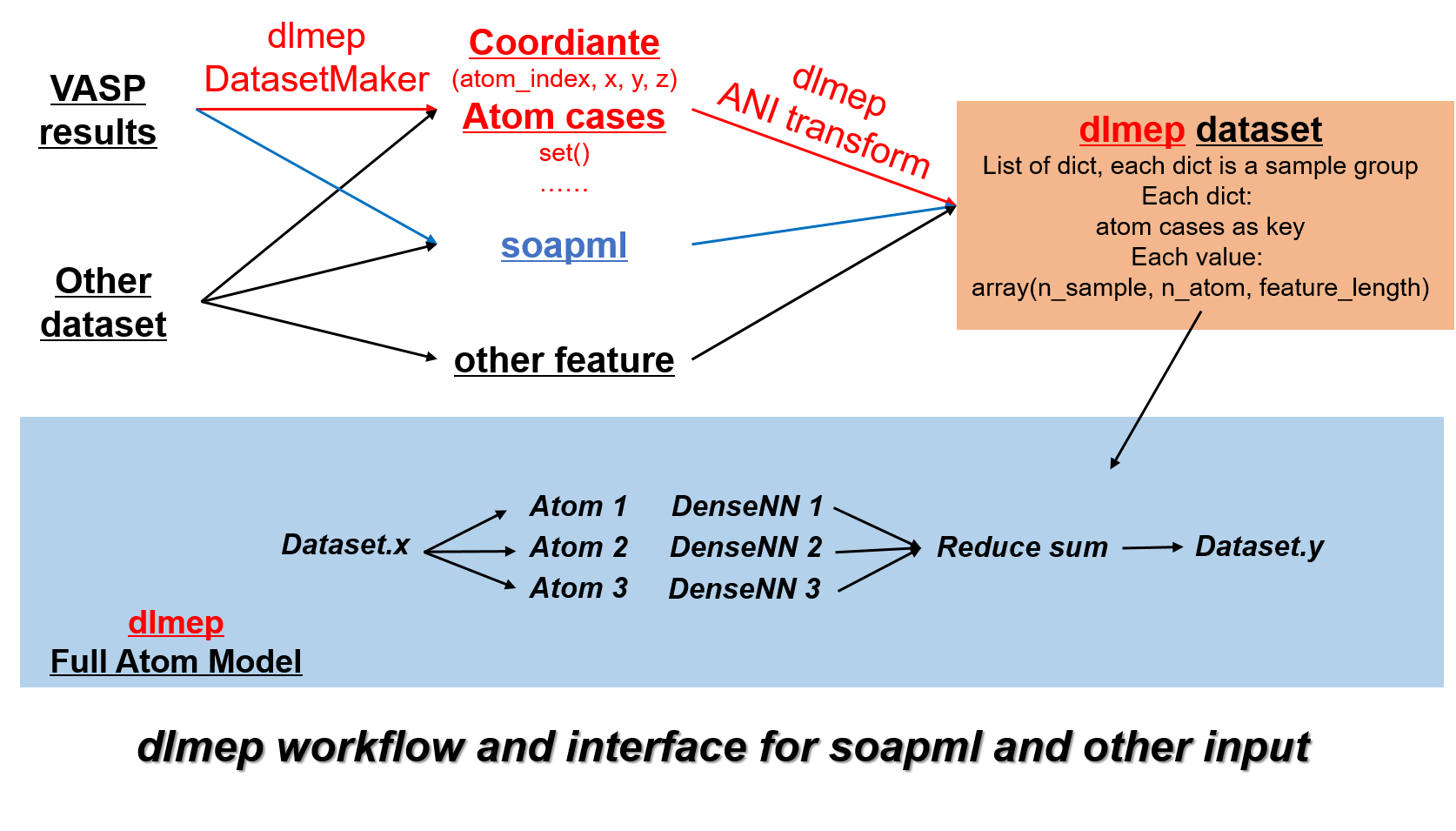On representing chemical environments
We review some recently published methods to represent atomic neighbourhood environments, and analyse their relative merits in terms of their faithfulness and suitability for fitting potential energy surfaces. The crucial properties that such representations (sometimes called descriptors) must have are differentiability with respect to moving the atoms, and invariance to the basic symmetries of physics: rotation, reflection, translation, and permutation of atoms of the same species. We demonstrate that certain widely used descriptors that initially look quite different are specific cases of a general approach, in which a finite set of basis functions with increasing angular wave numbers are used to expand the atomic neighbourhood density function. Using the example system of small clusters, we quantitatively show that this expansion needs to be carried to higher and higher wave numbers as the number of neighbours increases in order to obtain a faithful representation, and that variants of the descriptors converge at very different rates. We also propose an altogether new approach, called Smooth Overlap of Atomic Positions (SOAP), that sidesteps these difficulties by directly defining the similarity between any two neighbourhood environments, and show that it is still closely connected to the invariant descriptors. We test the performance of the various representations by fitting models to the potential energy surface of small silicon clusters and the bulk crystal.
PDF Abstract